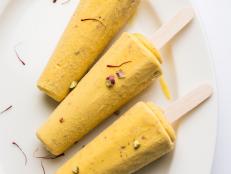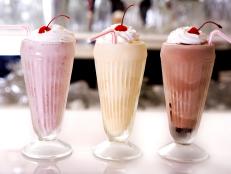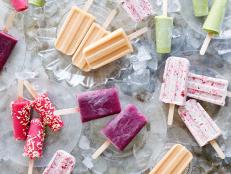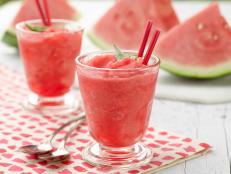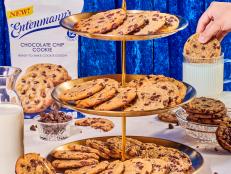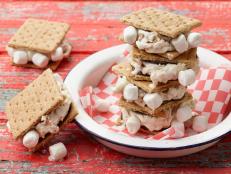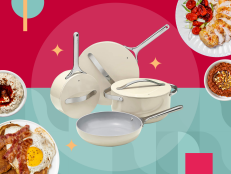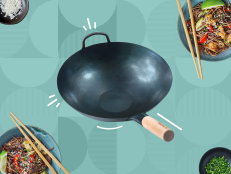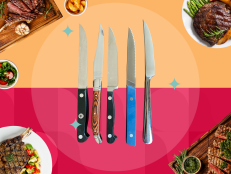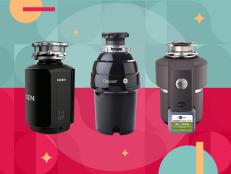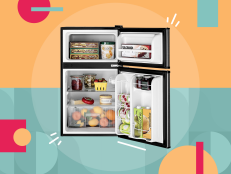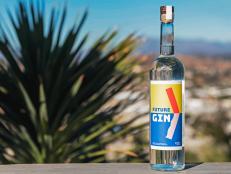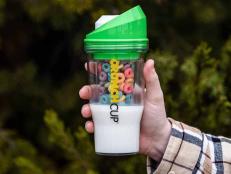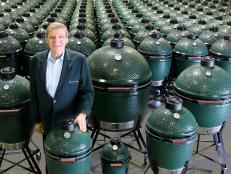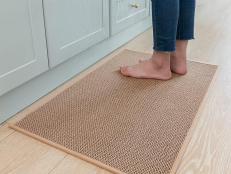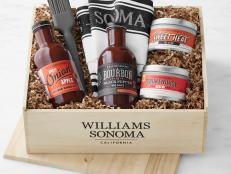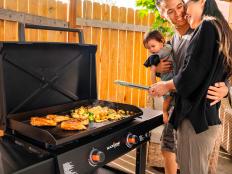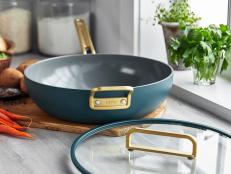Why the Maple Creemee is Vermont’s Favorite Summer Treat
Vermont’s take on soft serve is in a class of its own.

Sabrina Choudhary
When I moved from Massachusetts to Vermont at 10 years old, my new elementary school friends told me that I couldn’t call soft serve ice cream “soft serve” anymore. In Vermont, they’re called creemees. I immediately resisted. I thought the hyper-regional nickname was unnecessary and the spelling was atrocious, so I refused to assimilate for a few years.
This was a bigger inconvenience than you might think because Vermonters love ice cream. I can’t stress this enough. The dairy industry is so important and the summers are so fleeting that ice cream is the ultimate delicacy. Of course, Vermont is best known for Ben & Jerry’s, but it also has hundreds of creemee stands—and not a single Dairy Queen or Carvel. Vermonters want ice cream their way, and their way is the maple creemee.
But isn’t it all just… ice cream?
Technically, yes, but creemees and soft serve are warmer and meltier than regular ice cream. They’re all made from the same ingredients—milk, cream, sugar, vanilla—but frozen at different temperatures (10 degrees Fahrenheit versus 21 degrees Fahrenheit). Hard ice cream also contains ten percent butterfat or more, while creemees and soft serve contain less (more on that in a second). The most obvious difference is that hard ice cream is dense enough to scoop, but you need a machine to dispense soft serve or creemees. These machines inject air into the mixture to make the final product light and foamy, which is why you can make those fun swirls.
Is there a difference between creemees and soft serve?
Listen. Here’s the thing. We like to brag that creemees have a higher butterfat content than normal soft serve, making them richer and creamier. In reality, it depends on who’s supplying the base.
Most creemee stands and soft serve vendors across the Northeast use the same base mix from Hood, meaning the results are basically identical. This puts standard creemees and soft serve at five percent butterfat, the same as Dairy Queen.
Now, a handful of creemee stands use a base mix from Vermont’s Kingdom Creamery, which gets its milk from the cows across the street and is available in five or ten percent butterfat. (If you’ll recall, ten percent means it’s technically hard ice cream, so that’s impressive!) And if you want to get pretentious about it (as we often do), you could argue that the local dairy still sets the five percent mix apart from Hood’s.
But no matter where the dairy comes from, maple creemees are unique. These are made by mixing maple syrup with the base. It should go without saying that no creemee vendor would be caught dead using artificial flavoring. (My mom gets her maple syrup jug refilled by a farmer down the road. I’m not joking.) Maple creemees are the kind of sweet that makes your tongue pucker a little, but less intense than consuming straight-up maple syrup. Not that I’ve ever done that.
Why is it spelled like that?
No one really knows. One theory is that the treat got its name because it’s creamy (duh) and the spelling was a fun way to attract customers. Another is that the word evolved from neighboring Quebec’s term for ice cream, “creme glacée.” “Creemee” might be a portmanteau or simply a mispronunciation of “creme.” Or maybe the origin of the creemee is a mystery beyond our understanding.
Why are people so obsessed with creemees?
Maple creemees bring together the state’s two most prominent industries: maple and dairy. But beyond that, creemees are the essence of the warmer months in Vermont. See, sugaring season occurs in the late winter, when the sap in the maple trees begins to thaw and freeze as the temperature fluctuates. You’ll get fresh maple syrup in late March and early April. Then, creemee stands open up in April and May. So, maple creemees are as much a part of spring as flowers. In a place where winter can drag from October to April, those first signs of warmth are a big deal!
I’ll leave you with an anecdote. Last summer, my friend and I spent the most stereotypical Vermont summer day together. We drove to a swimming hole, parked on a dirt road and spent the afternoon wading through the creek and climbing over rocks and waterfalls. Then, on the way home, we stopped for creemees. There were no employees working the stand that day—they just left the door unlocked so you could serve yourself. We felt so powerful, controlling a machine we felt we weren’t allowed to touch. (We probably weren’t, I’m sure it violated some health code.) We got to sprinkle our own sprinkles. Can you really ask for more?
Related Content:
























